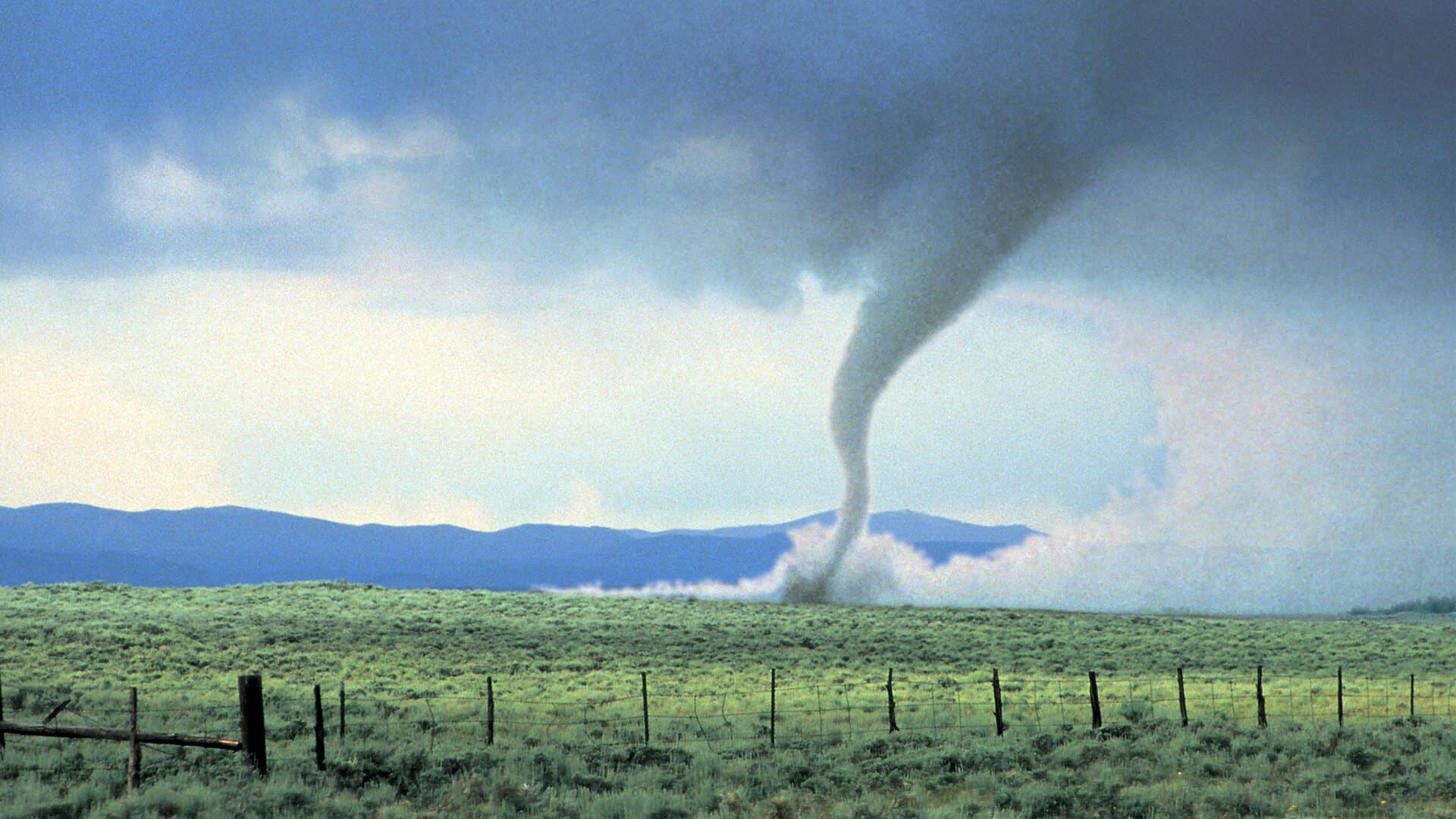For now, the Federal Reserve is keeping interest rates steady, holding its benchmark range between 4.25 percent to 4.5 percent, according to CBS News. But just because rates aren’t moving doesn’t mean there’s no turbulence ahead.
In a statement today, the Fed flagged potential economic risks tied to global trade policies, particularly the return of aggressive tariffs.
“If the large increases in tariffs that have been announced are sustained, they’re likely to generate a rise in inflation, a slowdown in economic growth, and a rise in unemployment,” Fed Chair Jerome Powell said.
Powell noted that those effects could be temporary—or long-lasting.
That uncertainty has economists and Wall Street bracing for impact. Many believe the Fed will pivot to rate cuts later this year if warning signs intensify. The worst-case scenario is stagflation—a mix of high inflation and high unemployment that’s notoriously hard to fix.
“There’s just so much that we don’t know,” Powell admitted. “We’re in a good position to wait and see.”
While tariffs often trigger a short-term bump in prices, economists say they don’t always spark long-term inflation. Still, future moves—like proposed tariffs on copper, semiconductors, and even medicine—could rattle markets and deepen public anxiety about rising costs.
The Fed’s dual mission is to keep prices stable and maximize employment. If it chooses to cut rates, it could offer some relief on credit cards, mortgages, and car loans—but that decision may hinge on how the next round of trade drama plays out.











